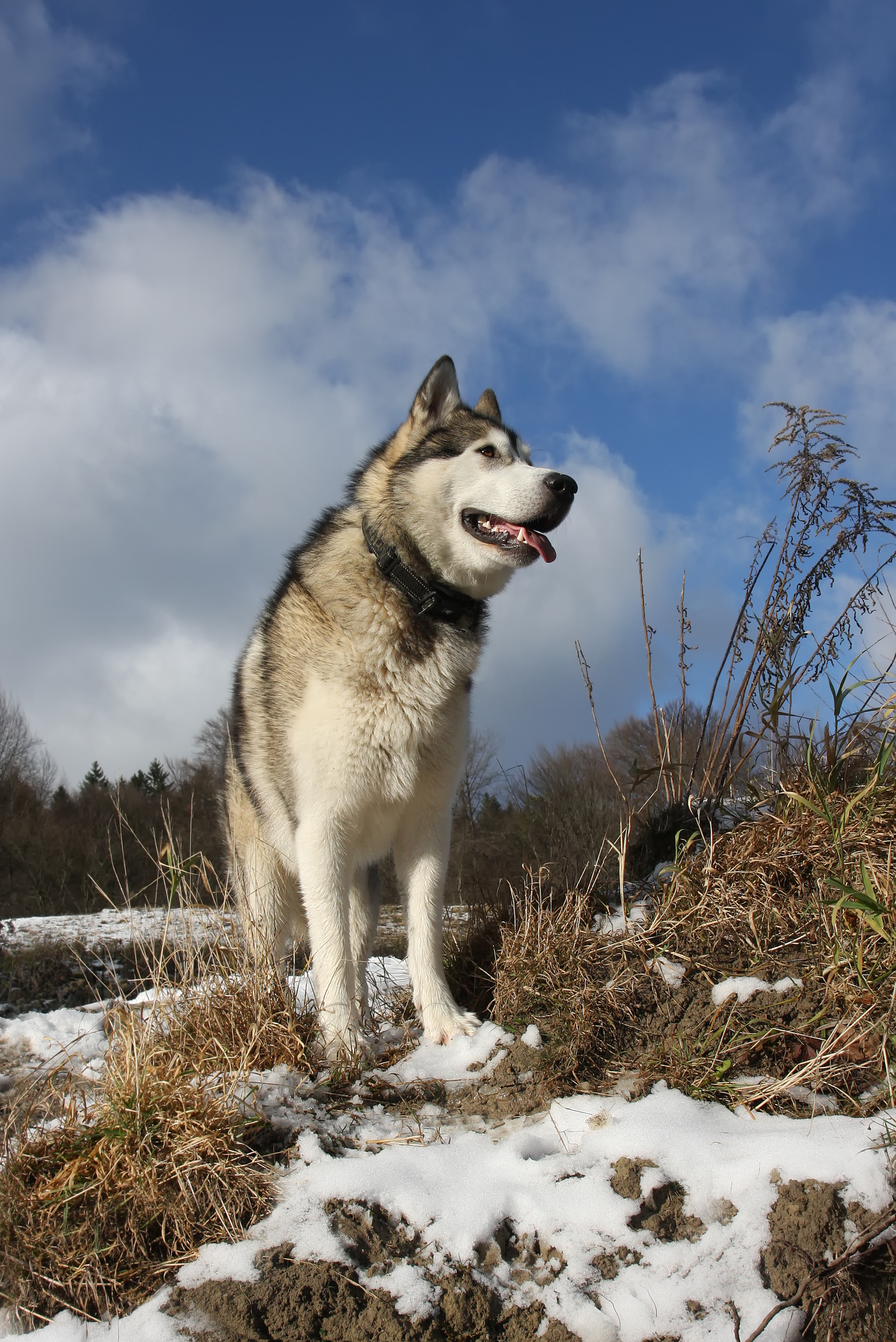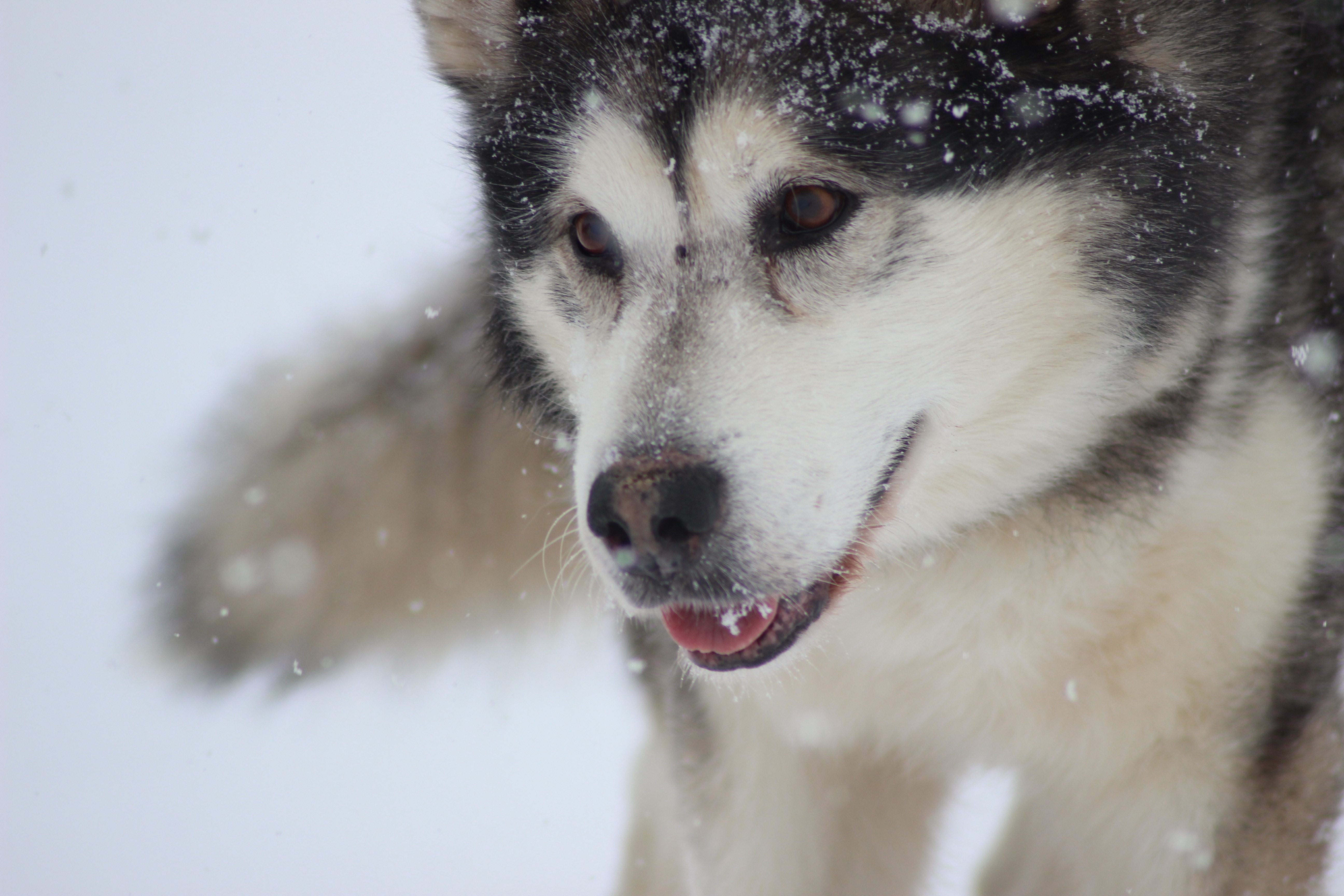
Majestic and powerful, the Bullmastiff is a true guardian breed, originally developed in England during the 19th century to protect estates from poachers. A blend of the agile Bulldog and the mighty Mastiff, the Bullmastiff showcases the best of both worlds: strength and speed. With a solid build and a distinctive short muzzle, they exude both power and grace. Despite their intimidating appearance, Bullmastiffs are known to be gentle giants, deeply devoted to their families, and reserved yet affectionate. Their protective nature, coupled with their gentle disposition, makes them sought-after companions for those seeking both security and companionship.
The Bullmastiff is a member of the AKC Working Group.
Breed Characteristics
| Dog Breed | Bullmastiff |
| Breed Popularity (AKC) | 61 |
| Country of Origin | England |
| Personality | Alert/Responsive |
| Life Expectancy | 7-9 yrs |
| Height | 24-27 in |
| Weight | 100-130 lbs |
| Color | Any shade of brindleredfawn |
| Coat | Short and weather resistant |
| Shedding | Seasonal |
| Grooming | Occasional Bath/Brush |
| Health Problems | Hip dysplasia, bloat, obesity |
| Trainability | Agreeable |
| Exercise Needs | Energetic |
Bullmastiff History
The Bullmastiff, a breed developed in England in the late 19th century, is a blend of the Mastiff and the Bulldog. It was originally bred to assist gamekeepers in deterring poachers, hence it’s often termed the ‘Gamekeeper’s Night Dog’. With its fearless yet docile nature, the Bullmastiff proved efficient at tracking and pinning down intruders without causing them harm.
Temperament
Bullmastiffs are imposing yet gentle giants known for their protective nature. They are intelligent, making them reasonably trainable, especially as guard dogs. Their behavior leans towards being reserved, especially with unfamiliar faces. They have a moderate energy level, enjoying leisurely walks. Socialization from a young age helps them discern threats from non-threats. Their barking tendencies are low, but when they do, it’s often a deep, resonant bark, usually signaling an alert.
Remember, while breed traits provide a general idea, individual dogs can have personalities that differ from the breed standard. Always spend time getting to know the dog and ensure their needs and temperament align with your lifestyle.
Grooming Requirements
Bullmastiffs have a short, dense coat that’s relatively low-maintenance. However, regular brushing helps in removing loose fur and promoting healthy skin. When it comes to bathing, a quality dog shampoo will suffice. Essential grooming tasks for this breed include nail trimming, ear cleaning, and wrinkle care, due to their distinctive facial folds.
Bullmastiff Health
Bullmastiffs, living an average of 8-10 years, are gentle giants known for loyalty. They can be predisposed to hip dysplasia and issues like bloat. Regular health checks, vaccinations, and flea prevention are key. Feeding them high-quality dog food without excessive treats can prevent obesity and extend their lifespan. Regular deworming and monitoring for potential allergies are also important.
Exercise Needs
Bullmastiffs, despite their size, have a moderate energy level. Regular short walks and calm play sessions suffice for their exercise needs. Dog park visits might be enjoyed, but interactions should be observed. Bonding through calm activities and structured playtime is beneficial.
Training
Bullmastiffs, revered for their imposing presence and protective nature, thrive under structured obedience training. Implementing clear commands is crucial for potty training, while crate training offers a secure environment for relaxation. Their strong guarding instincts mean early intervention for behavior problems is essential. Consistent socialization helps balance their protective nature with a gentle demeanor.
Bullmastiff Pictures



Related Dog Breeds
More Dog Resources
Are you thinking about getting a puppy? Make sure to check out our list of important questions to ask before you adopt a puppy.
We also have many resources to help, from naming your puppy to socialization resources and training tips.
Take me back to the Ultimate Guide to Dog Breeds



